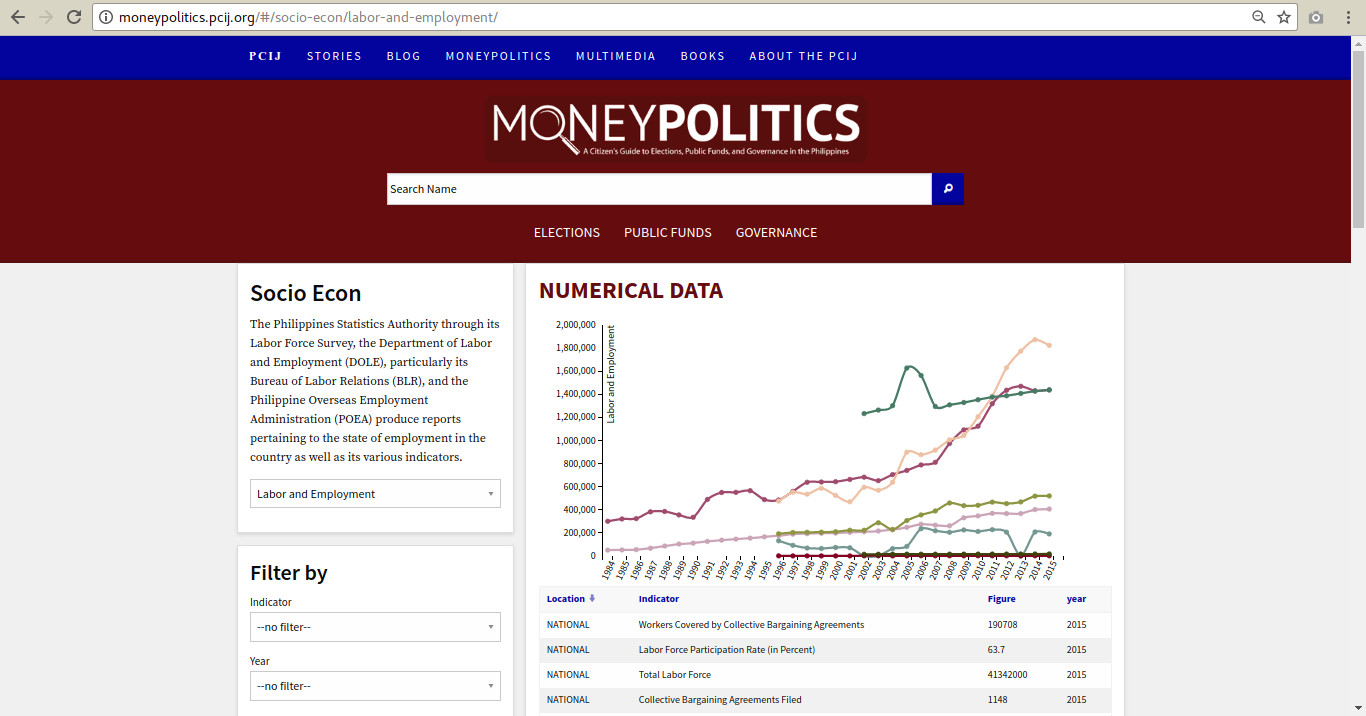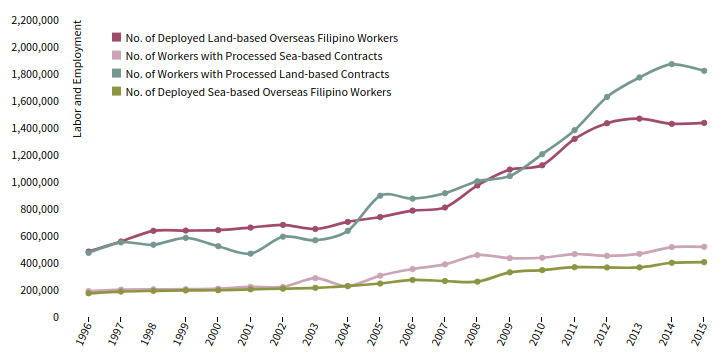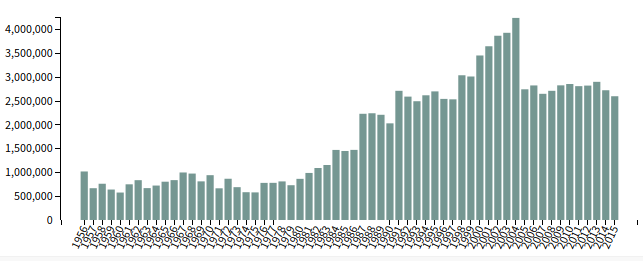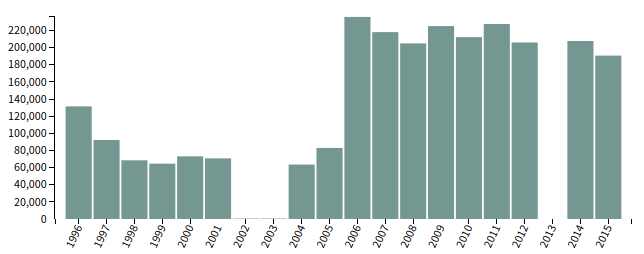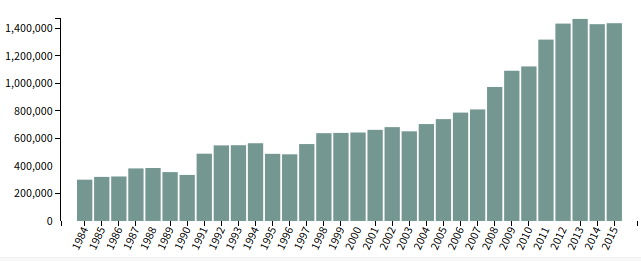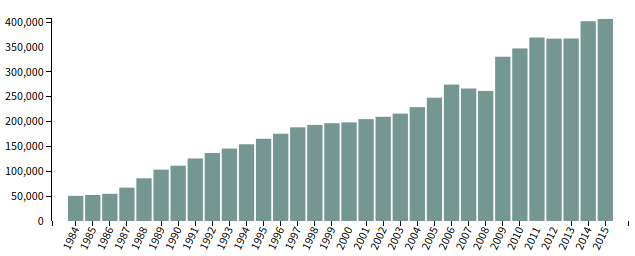MORE THAN a century ago, Filipino workers marched down what is now known as Claro M. Recto Street in Manila to assert and claim their rights.
The Congreso Obrero de Filipinas (COF), also known as the Congress of the Philippine Labor, led the protest action. More than 10 years later, a new union called the Katipunan ng Anak Pawis (KAP) was born from its ranks. The government soon outlawed both congresses.
Back then, Filipino workers were made to work 12 hours a day, and paid with peanuts. They had had to mount strikes to demand better wages and reasonable working conditions.
But it was only on May 1, 1913 when the labor movement was recognized, after its leaders convened a labor congress, according to the National Historical Commission.
Monday (May 1, 2017) marks the 104th anniversary of Labor Day in the Philippines.
The past decades have seen the growth in numbers of Filipino workers but also their unfinished quest for a better life for their families, prompting their journey to worksites across land and sea, across the globe.
Hailed by a parade of presidents as the nation’s “modern-day heroes,” Overseas Filipino Workers in 2015 alone sent home about $26.92 billion or P1.2 trillion in remittances, accounting for 8.5 percent of the country’s gross domestic product that year. Remittances from land-based workers amounted to $18.7 billion, and seafarers, $5.6 billion.
In honor of Filipino workers worldwide, we invite you to check out available data on labor and employment in PCIJ’s MoneyPolitics Online website.
The datasets offer time-series information on various indicators of the state of labor and employment in the Philippines, some sourced from documents dating as far back as 1956. These datasets form part of a treasure trove of data and documents that PCIJ continues to collect, curate, sort, analyze, and code.
The datasets in this series show, for instance, that:
• The total labor force in the Philippines in 2015 consisted of 41,342,000 Filipinos.
• The number of employed Filipinos in 2015 was estimated at 38,741,000 while the number of unemployed Filipinos for the same year was at 2,602,000.
• It was in 2004 when the unemployment rate fell to a record low of 11.8 percent or about 4,249,000 Filipinos.
• The number of deployed sea-based overseas Filipino workers in 2015 totaled 406,531, and deployed land-based overseas Filipino workers thrice more, or 1,437,875.
It must be noted, however, that the year 2005 recorded a decline in the unemployment rate to 7.8 percent, from 11.8 percent in 2004, on account of “the new definition of unemployment” that was prescribed by the National Statistical Coordination Board in a resolution dated Oct. 20, 2004.
PCIJ’s MoneyPolitics Online website is a citizen’s resource, research, and analysis tool on elections, public funds, and governance in the Philippines. A data journalism project of PCIJ, it aims to promote transparency and accountability in government, and the citizen’s right to know and to participate in governance. MoneyPolitics features a steady harvest of new relational public documents and datasets.
